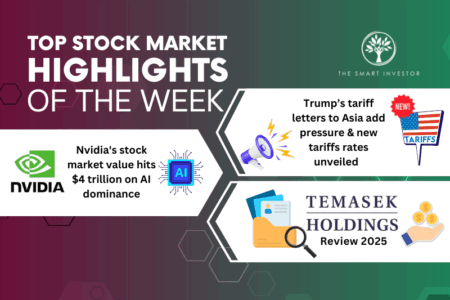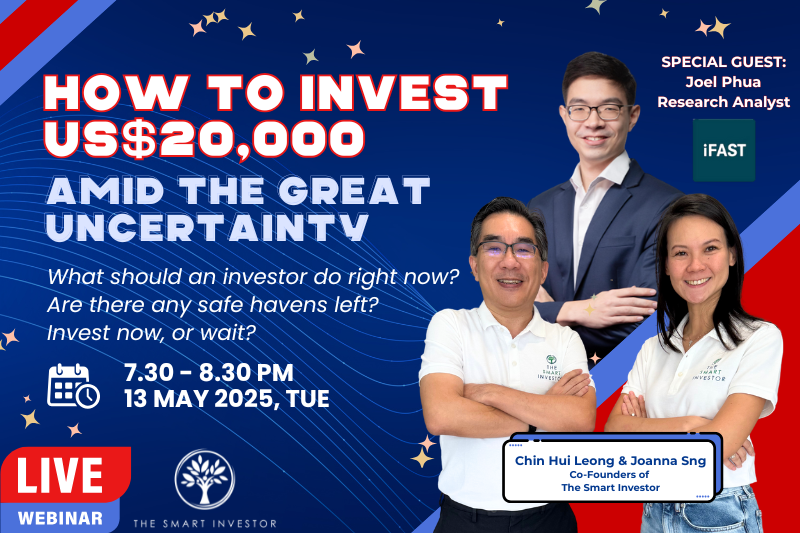I must confess that I have no idea where the term “value trap” originated. But the description is not only widely used but also widely abused by many pundits. Perhaps it was coined by some disgruntled equity analyst who managed to identify a stock that was trading below some commonly-used valuation metrics. The popular ones include the price-to-earnings ratio, price-to-book ratio, and price-to-free cash flow. But instead of seeing the share price rise to reflect the true value of the business, the price remained stuck where it was, thereby entrapping the investor at the lowly valuation.
But is that necessarily a trap? It could be unless we appreciate the finer points of value investing. This discipline believes that a share that is trading below its true value is inherently unstable. Something must give. The share price could rise, which would reward a fortunate investor who spotted the bargain with a healthy gain. Alternatively, the earnings, book value or cash flow could be adjusted lower, which would then justify the market’s pessimism over the share price.
A piece of string
Either way, the instability cannot be allowed to persist. Consequently, the market must react. But the question is – how long must we wait for a market response? And the correct answer to that question is how long is a piece of string? Point is, cheapness cannot be allowed to persist forever in an efficient market that is supposed to be built for price discovery. Unfortunately, the time scale for that to happen is impossible to define.
At some point – sooner or later – value must be outed. It could be to the upside, which would hand an observant investor a handsome profit. Or it could be to the downside, which could result in a loss. So, whatever the result, something must happen. It is just a question of “when” that will happen, rather than “if” it will ever happen.
So, value investors must be patient, which could be why the term “value trap” was coined. Some investors lack the perseverance to be a value investor. They hanker for instant gratification. But that is not the same as a trap. The value, if we are lucky, could be outed tomorrow. Or it could take months to materialise. The upshot, therefore, is that there are no value traps – just impatient investors who can’t wait long enough for value to be discovered.
Given that backdrop to value investing, are banks a value trap? Unquestionably, they are presently trading at ostensibly low valuations. One of the most frequently used is the price-to-book ratio. When a bank trades significantly above its book value, then it could be deemed expensive. But when it is below its book value, then it could be said to be cheap.
Reasons to be pessimistic
Currently, the median price-to-book ratio for a raft of 20 banks around the world is 0.5. In other words, we are paying 50 cents for every dollar of their assets. The last time that it was this low was during the Great Financial Crisis, when it also registered a price-to-book ratio of 0.5. Clearly, the market is as pessimistic now as it was then. And it has every right to be.
Interest rates are at historic lows, which make it harder for banks to earn profits from lending. Additionally, they have little way of knowing for certain how badly their existing loan books could be affected by the pandemic. Thing is, banks can’t rely on the old risk-assessment models to gauge the credit-worthiness of borrowers. After all, how can they possibly determine if their borrowers will still have a job or a viable business tomorrow?
Layer on top of that unprecedented government support that is prolonging the period of uncertainty. So, rather than helping banks, the various support schemes could be making their jobs of assessing risk harder. Uncertainty is not a friend of the market.
The patient investor
In the meantime, those banks that are still permitted to pay dividends by regulators can continue to reward shareholders. The average yield on bank shares is around 2.7 per cent, which is acceptable in the current low interest rate environment. That said, it took bank shares nearly two years to recover from the last economic downturn. This time it could take longer, given that the current economic malaise has its roots in a health crisis.
But that is how economic cycles work. And let’s not forget that banks sit at the forefront of any economy. In good times they can make exceptional profits. But when times are bad, they can be disproportionately hit. As to whether they are a value trap, the answer is no. Eventually, the value will be outed – one way or another. Meanwhile, bank investors are paid to wait.
In the FREE report, “4 Dividend Blue Chips from 2020”, we cover some of Singapore’s favourite blue chips, and four winning dividend blue chips in 2020! Just CLICK HERE to get your free copy.
Note: An earlier version of this article appeared in The Business Times.
Disclaimer: David Kuo does not own shares in any of the companies mentioned.




